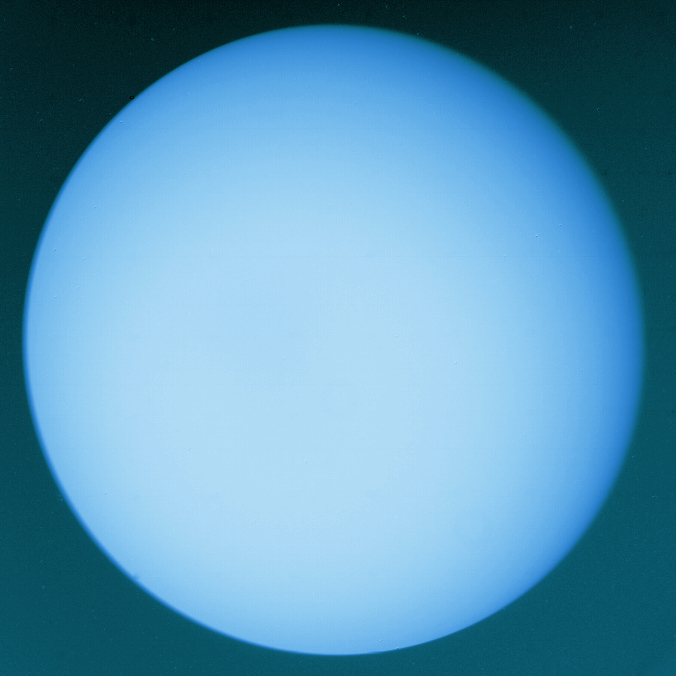No its not Beethoven: all early 19th century guys looked like that.
In 1838, Bessel became the first to measure
stellar parallax.
Bessel obtained 0.314 arcseconds for star 61 Cygni A
(No-415,419).
The modern value for 61 Cygni A
stellar parallax
is 0.286 arcseconds
(FK-A-6).
Thus,
Incidentally, Bessel is also famous for his elucidation of what we
now call Bessel functions: they are the darndest things.
Credit: 19th century artist; modern credit: ?;
download site
St. Andrews Bessel biography
HERSCHEL was the greatest observational astronomer of the 18th and
early 19th centuries and one of the great visionaries of astronomy.
He was born Hanover, Germany, but in 1757? migrated permanently
to England which was then under a Hanoverian dynasty.
His initial profession was a musician, but he gradually developed
into a full-time astronomer and was given a pension by George III
to support his research (No-398).
His sister CAROLINE HERSCHEL (1750--1848) assisted him and
became a significant observer on her own
(St. Andrews Mathematics Archive).
She was also given a royal pension
(No-399).
One of HERSCHEL greatest endeavors was a program to map the universe
(No-399).
It was during the course of this program that he discovered
Uranus
on 1781mar13 using 6.2 inch reflector
(No-399).
HERSCHEL knew it was not a star, but only
over the course of a few months
did the astronomical community determine it to be a planet.
Thus HERSCHEL was the first person recorded by history
to have discovered a planet.
HERSCHEL named the new planet it Georgium Sidus (George's Star)
after King George III (No-400).
Other astronomers thought Georgium Sidus too BRITANNIC and called it
Uranus
which stuck. Uranus is the Latin sky god and father of Saturn.
HERSCHEL was also the maker of his own telescopes. The most
useful of these was his 0.48 m (18.7 inch) reflector erected
at Slough, England near Windsor Castle
(No-400).
Credit: 18th century artists; modern credit: ????;
download site
Wolfgang Steinicke's List of NGC/IC observers.
 Friedrich Wilhelm Bessel (1784--1846).
Friedrich Wilhelm Bessel (1784--1846).
d(61 Cygni) = 1/(0.286 arcseconds) = 3.50 pc .
Stellar parallax
had been sought since Greco-Roman Antiquity since it was understood that
stellar parallax
would be a disproof of Aristotelian cosmology and would strong evidence
for a moving Earth.
 William Herschel (1738--1822)
William Herschel (1738--1822)
 Uranus, blue and extremely bland, but not as Herschel saw it. Credit NASA.
Uranus, blue and extremely bland, but not as Herschel saw it. Credit NASA.
[Uranus is actually marginally observable with the unaided eye and
probably had often been seen throughout history without noticing
it was a planet. Telescopic observations and records of Uranus
without recognizing it as a non-star had also been made before
Herschel (No-427).]
HERSCHEL insisted his discovery was
not accidental, but fortuitous since
he was doing a sky survey, and so was searching for objects and would find
them if they were there to be found????.
 Herschel's 0.48 m reflector at Slough, England near Windsor Castle.
Herschel's 0.48 m reflector at Slough, England near Windsor Castle.